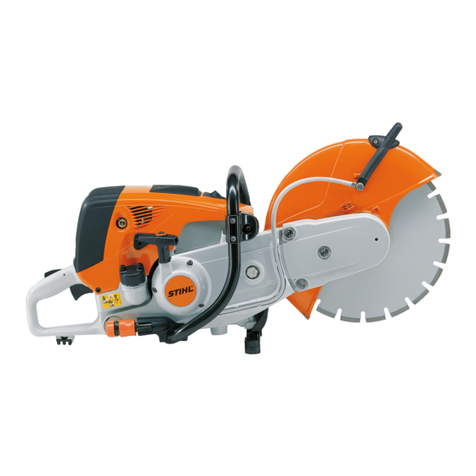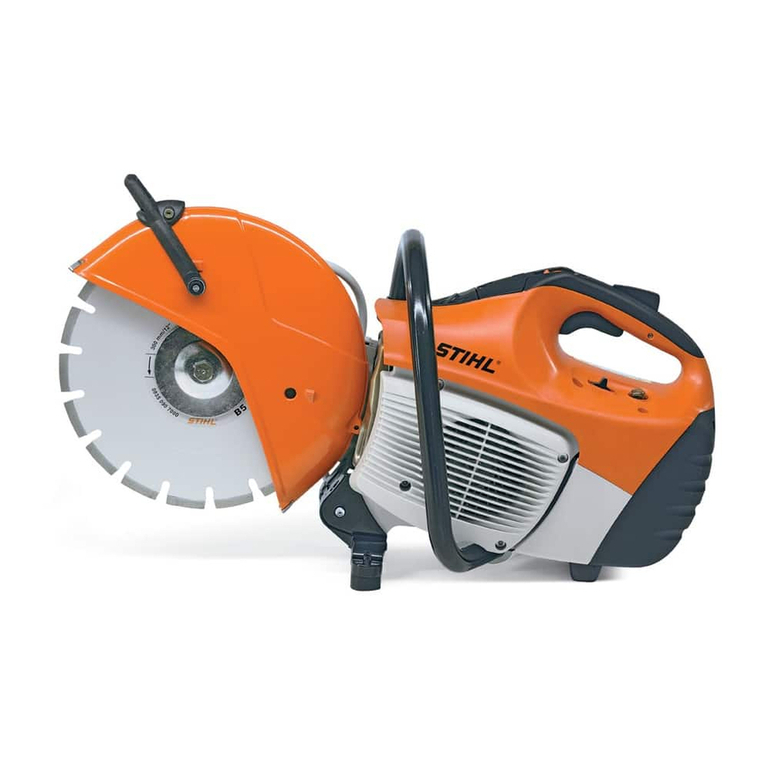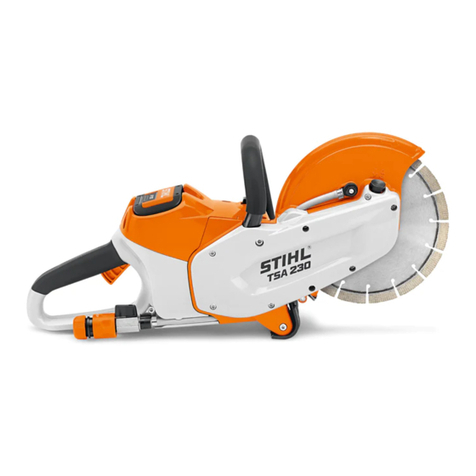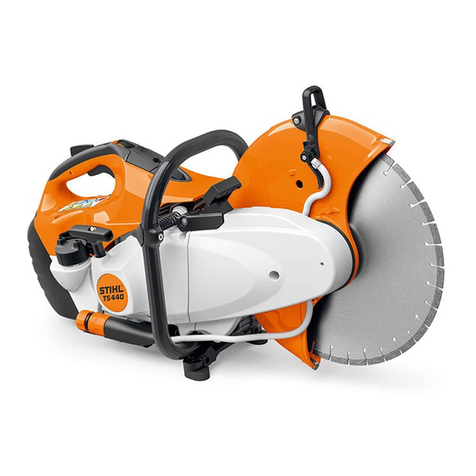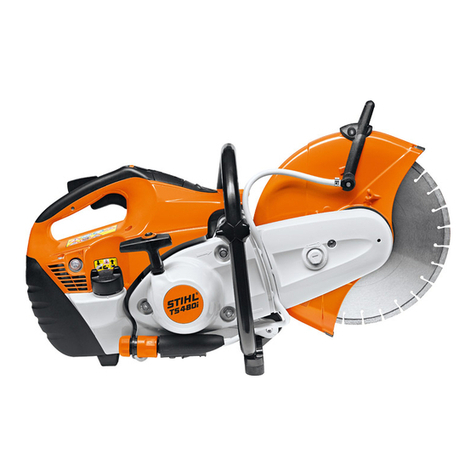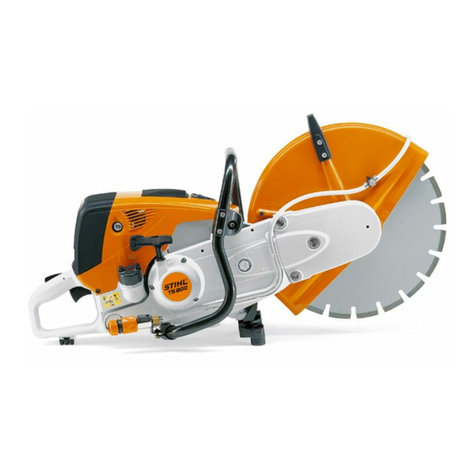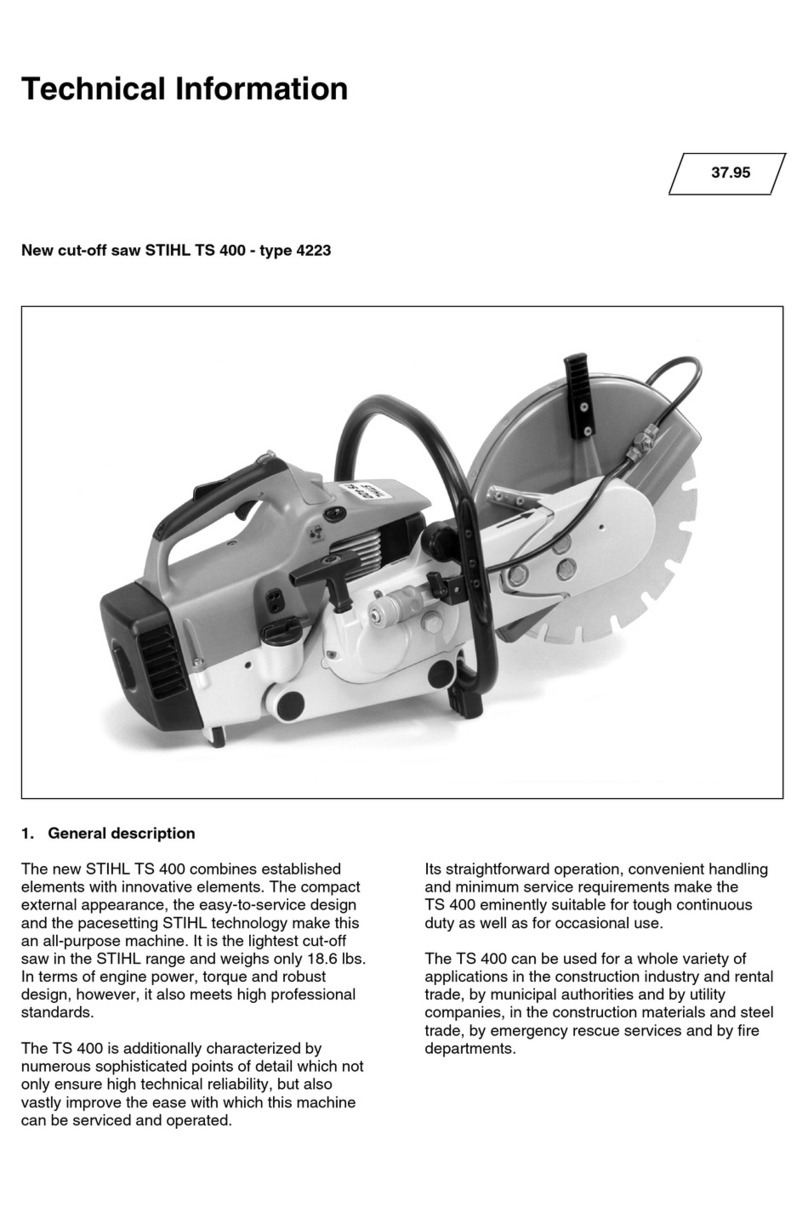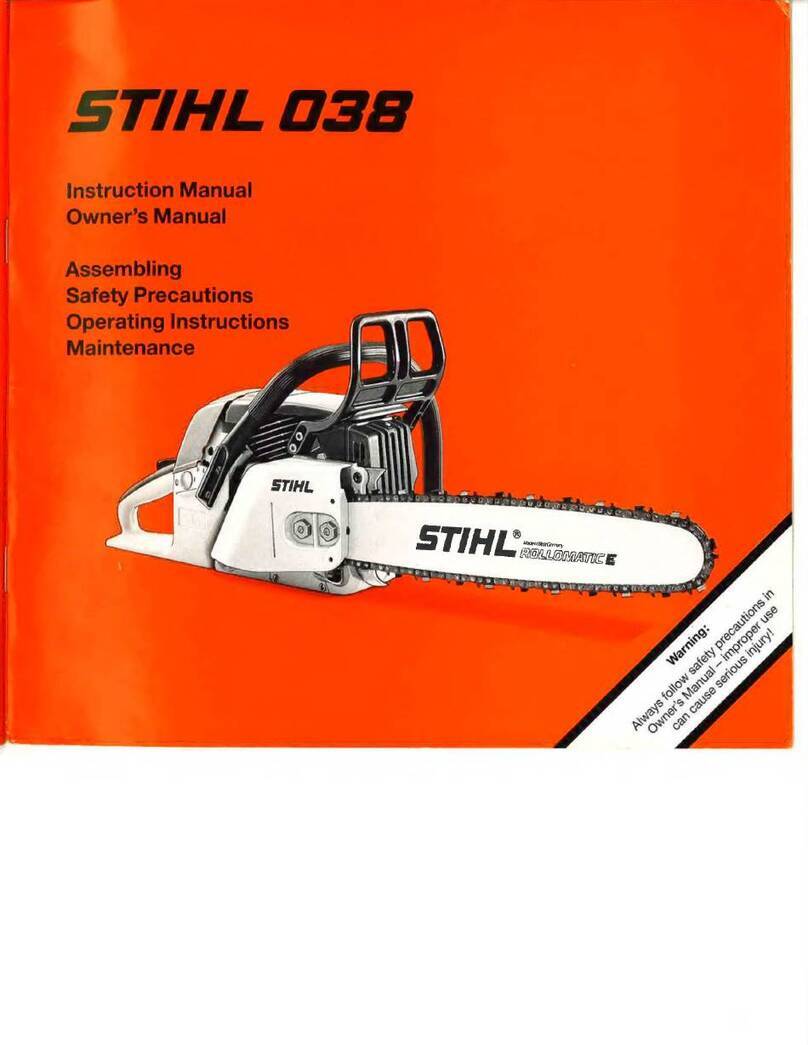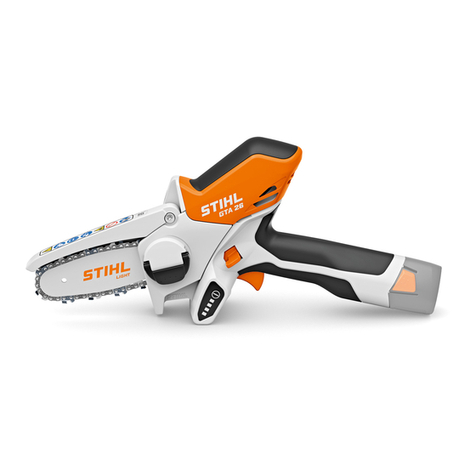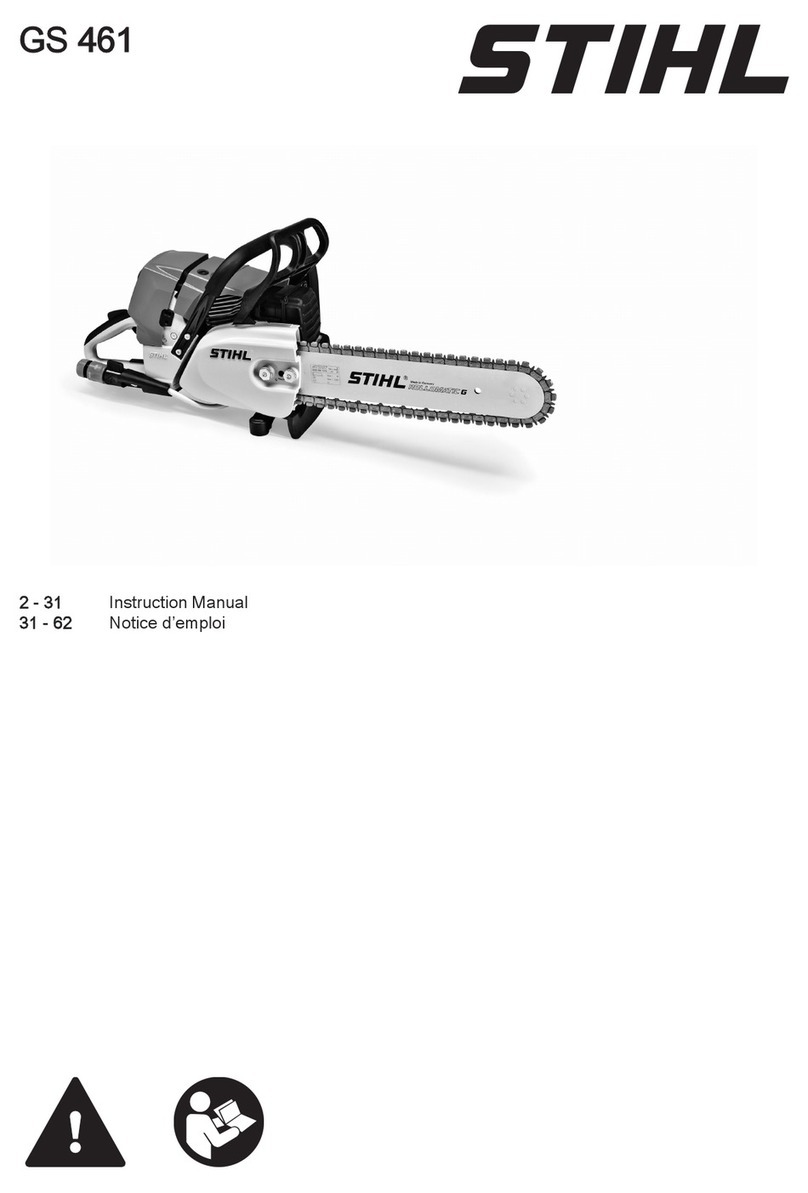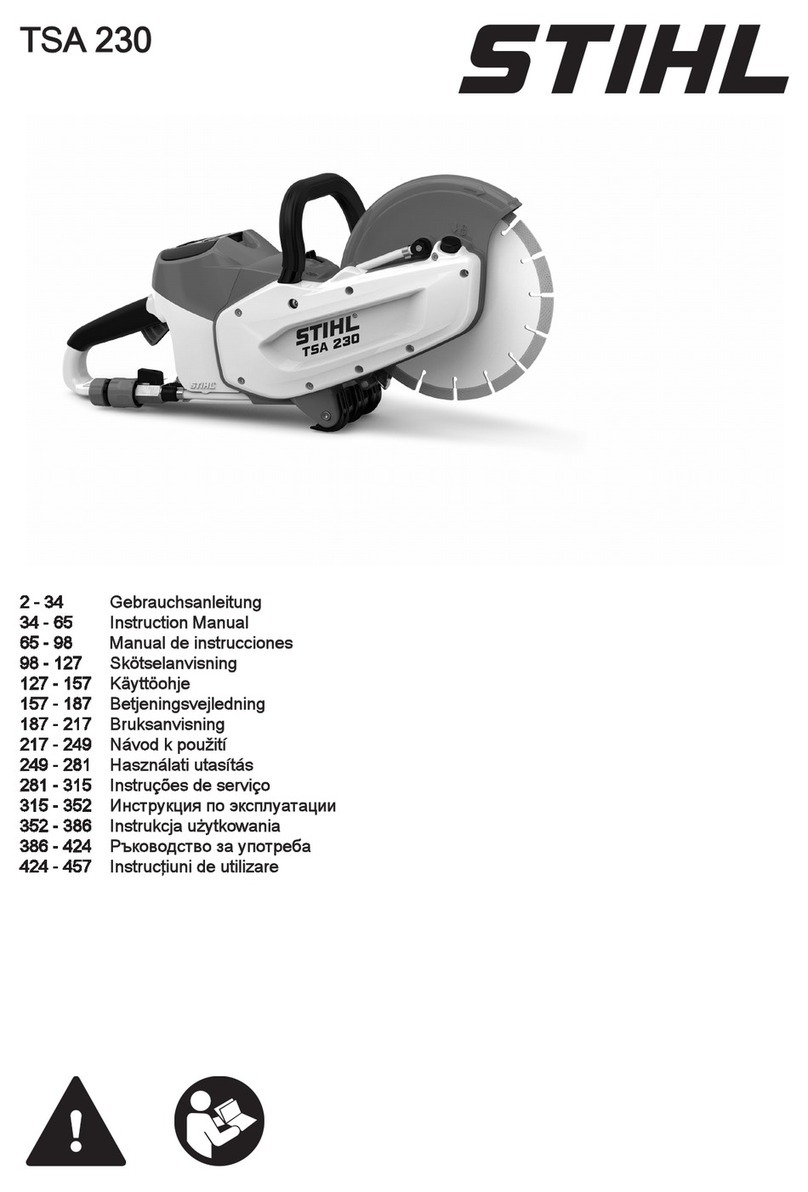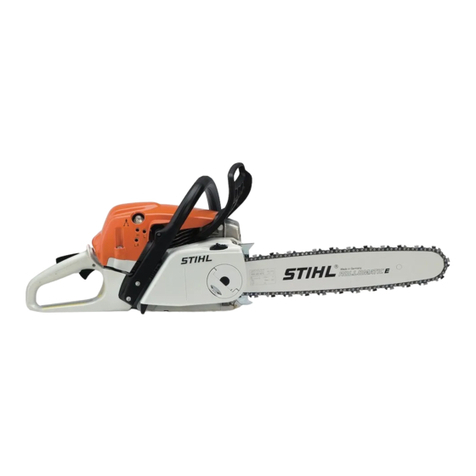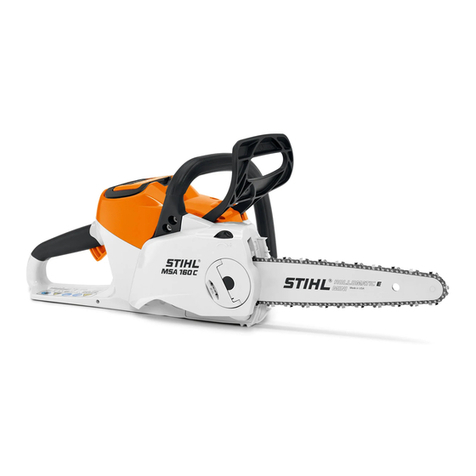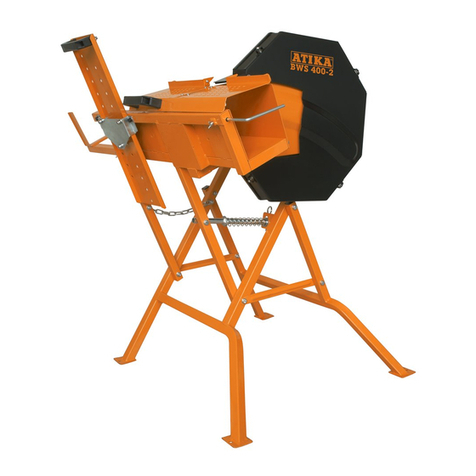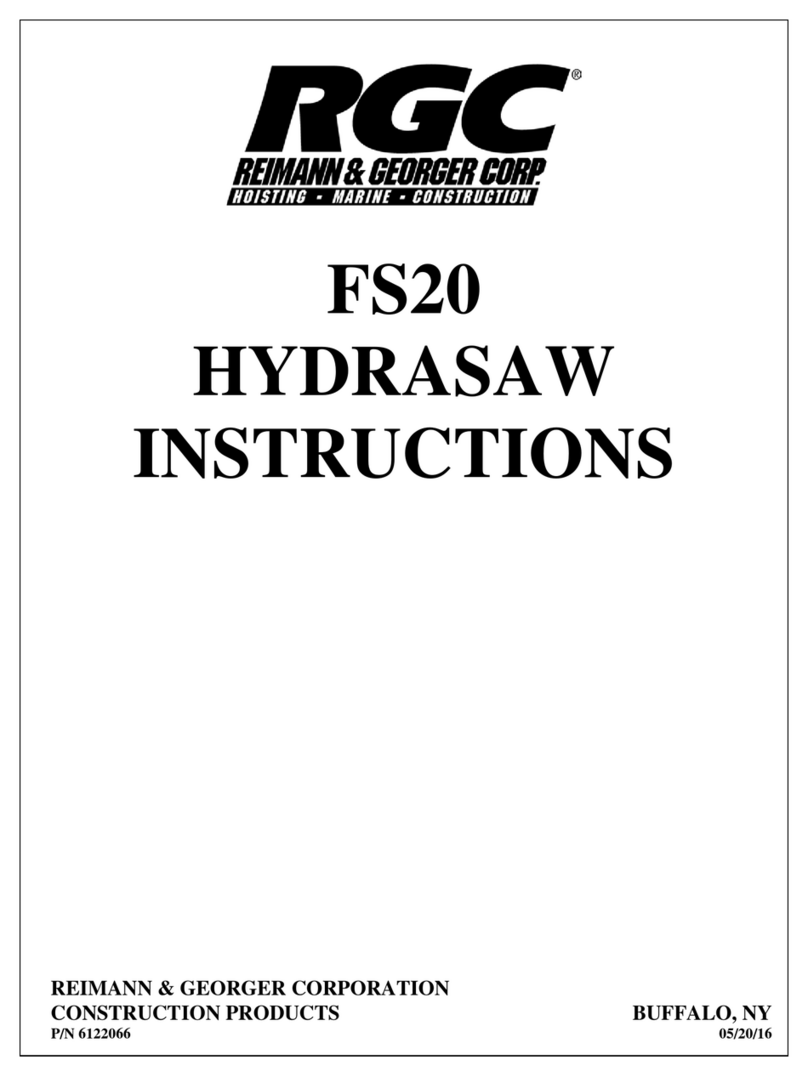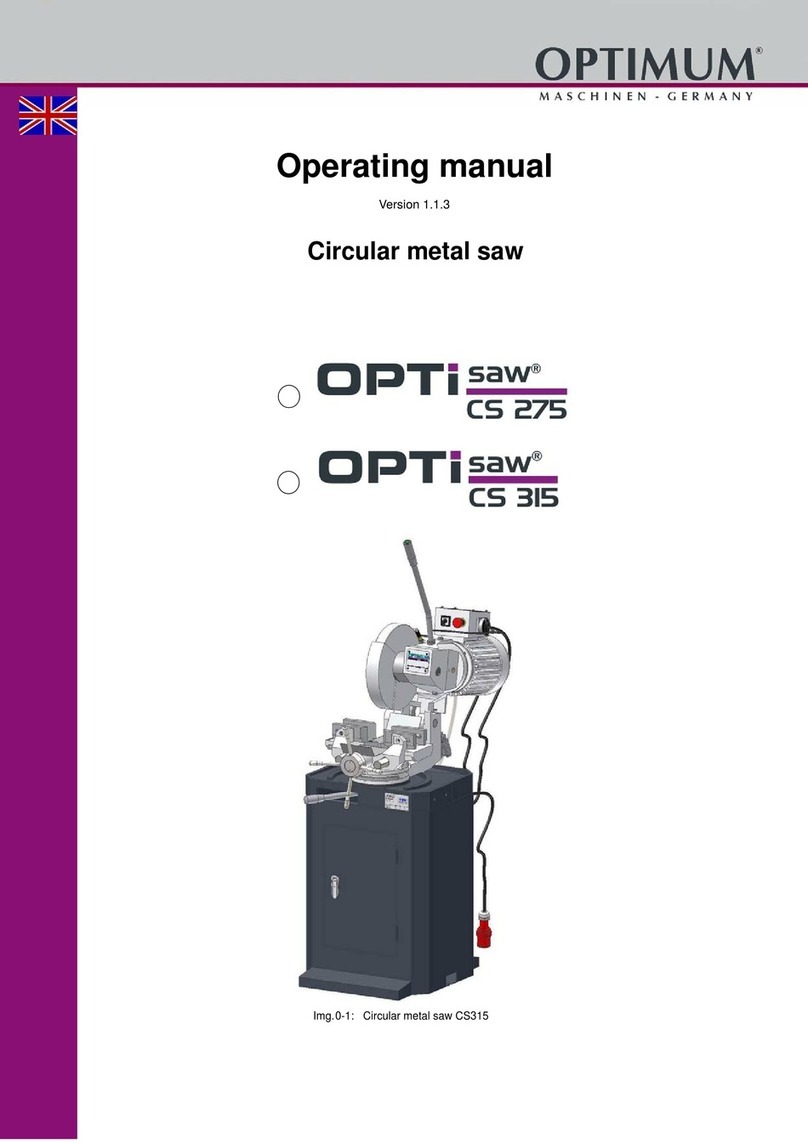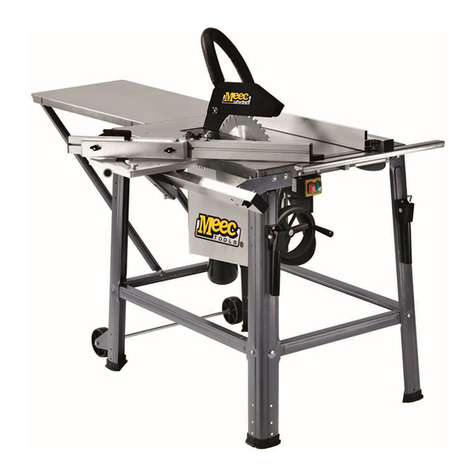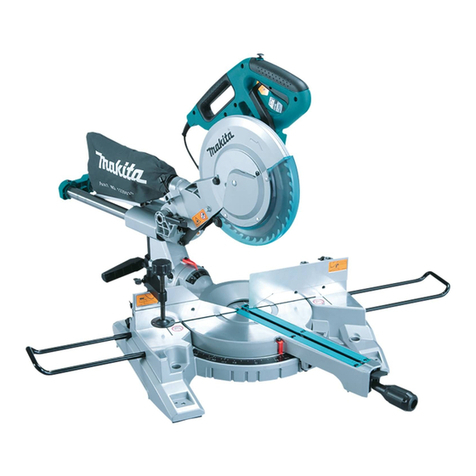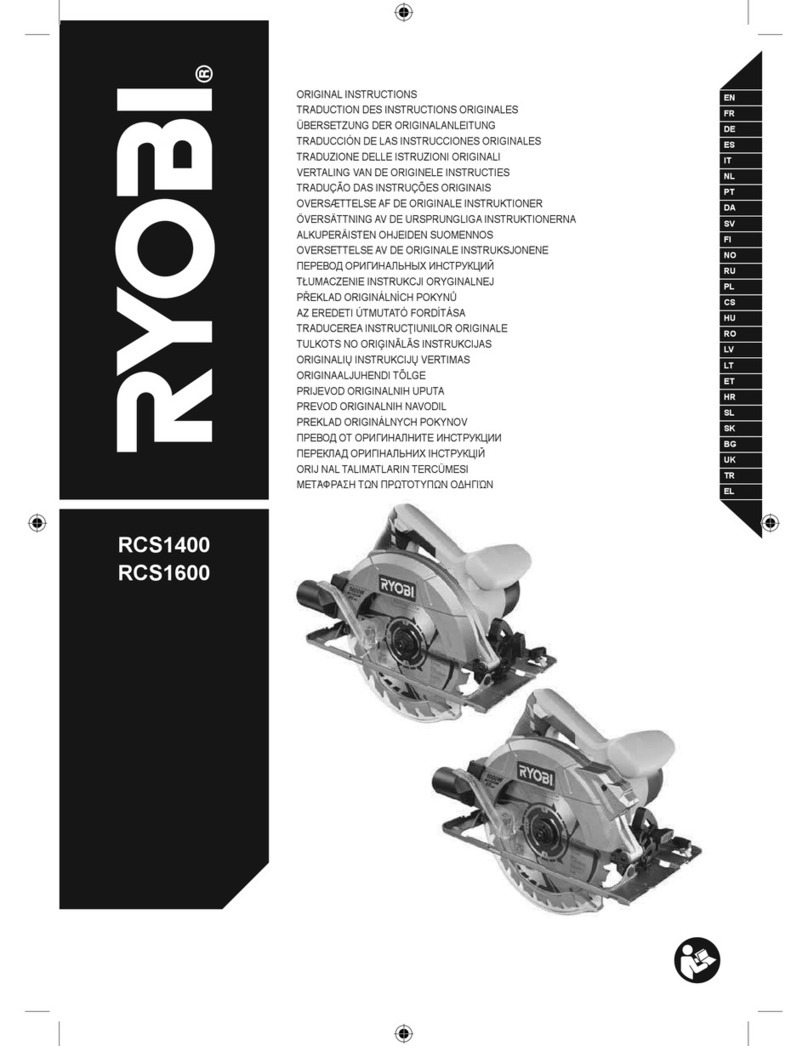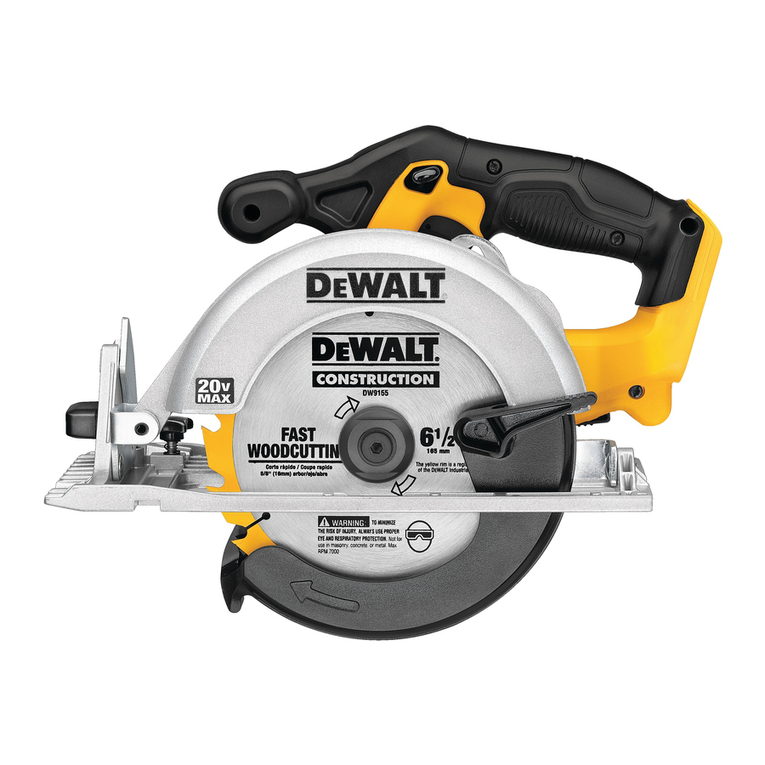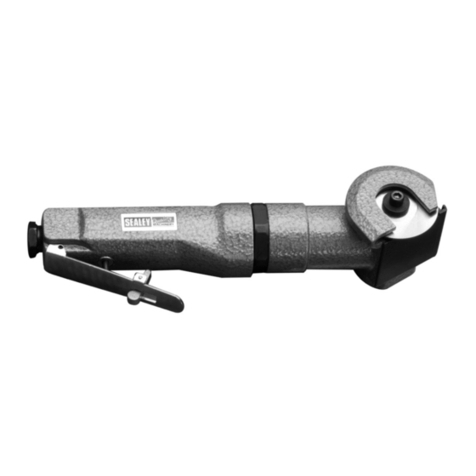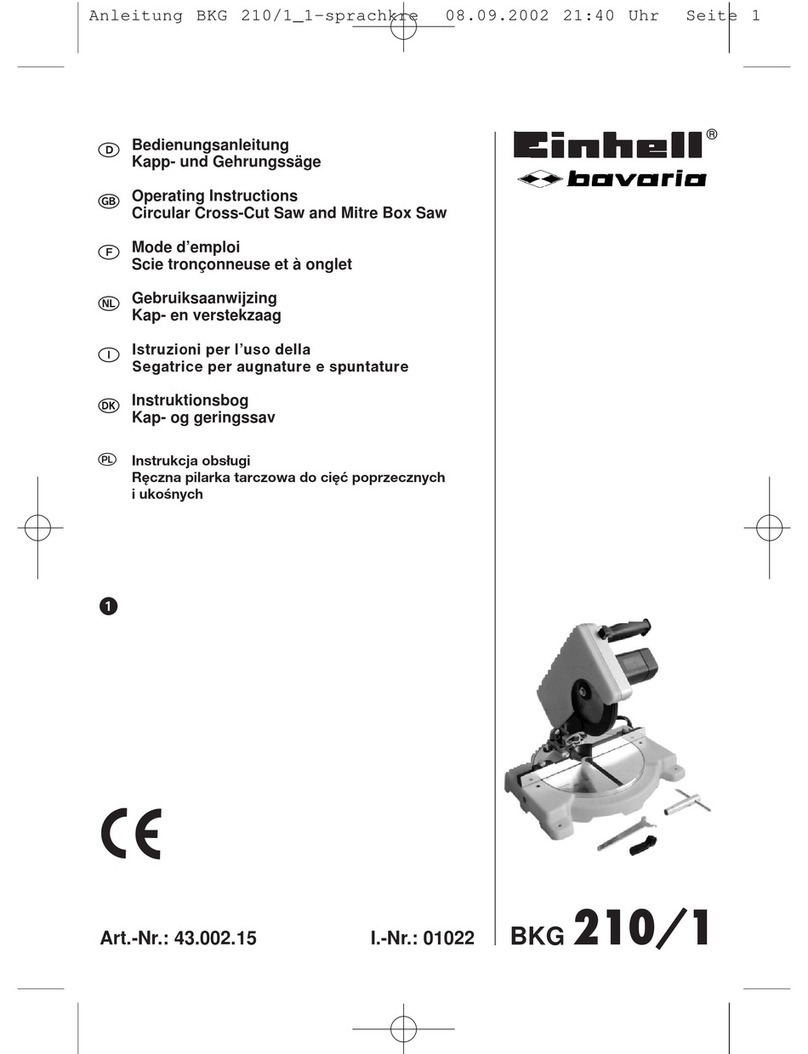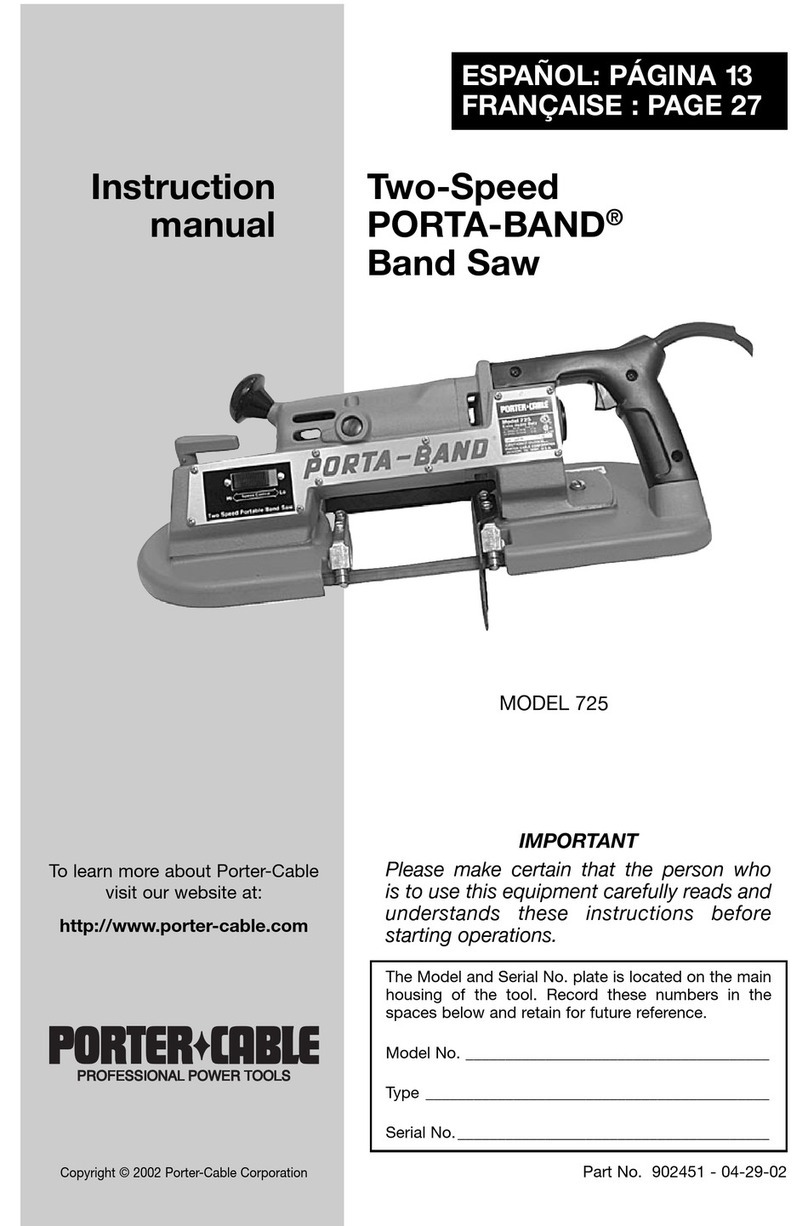Page 4 Technical Information 40.2010
TI_40_2010_13_01_02.fm
2.2.1 Starting
Set the choke lever to }(Start) – choke shutter is
closed. Simultaneously, the micro switch on the
switching device is closed. During starting and if the
engine is running, the control unit is powered via the
second pair of poles.
The following processes occur within the space of
milliseconds.
The microprocessor detects that the micro switch
has been actuated and thus the choke shutter is
closed and computes the necessary amount of fuel
and the ignition timing for the start.
During starting, the fuel-air mixture in the carburetor
is highly concentrated ("enriched") – a large quantity
of fuel flows through the solenoid valve. After initial
combustion, the quantity of fuel is reduced. The
engine does not stall out because the fuel-air
mixture is too rich; it keeps running and can be
accelerated immediately. After the throttle trigger is
actuated, the choke shutter and micro switch open
and the choke lever jumps to the operating
position F. The control unit receives the information
"choke shutter open" and the microprocessor
adjusts the amount of fuel.
2.2.2 Idle
The target idle speed is controlled by adjusting the
ignition timing and the fuel flow.
The engine speed can be influenced instantly by
adjusting the ignition timing. Changing the fuel flow
only influences the engine speed after 5 to
10 revolutions of the crankshaft.
For this reason, to establish steady idling, the
ignition timing is adjusted first and then the fuel flow.
The fuel flow control is designed so that the target
idle speed is attained with the target ignition timing.
2.2.3 Acceleration
If the control unit detects that the engine is being
accelerated, the ignition timing is set earlier and the
fuel flow is increased – the fuel-air mixture is
enriched. Optimal, spontaneous acceleration.
2.2.4 Full throttle
A regulating cycle only starts if the clearing saw is
operated for approximately 2 seconds under
constant conditions.
The solenoid valve closes for approx. 0.1 seconds –
the current fuel-air mixture is made leaner.
The speed change due to the brief leaning of the mix
is so slight as to be imperceptible to the user.
The resulting engine speed pattern is analyzed by
the microprocessor.
The following results are possible:
Engine speed increases
.The mix was too rich before the solenoid valve
closed – the fuel flow is reduced for next phase
of operation
Engine speed decreases
.The mix was too lean before the solenoid valve
closed – the fuel flow is increased for the next
phase of operation
Engine speed does not change
.The current carburetor setting is optimal – the
current setting will be maintained
2.2.5 Cut-off speed
The cut-off speed is kept constant by controling the
fuel-air mixture and the ignition timing.
